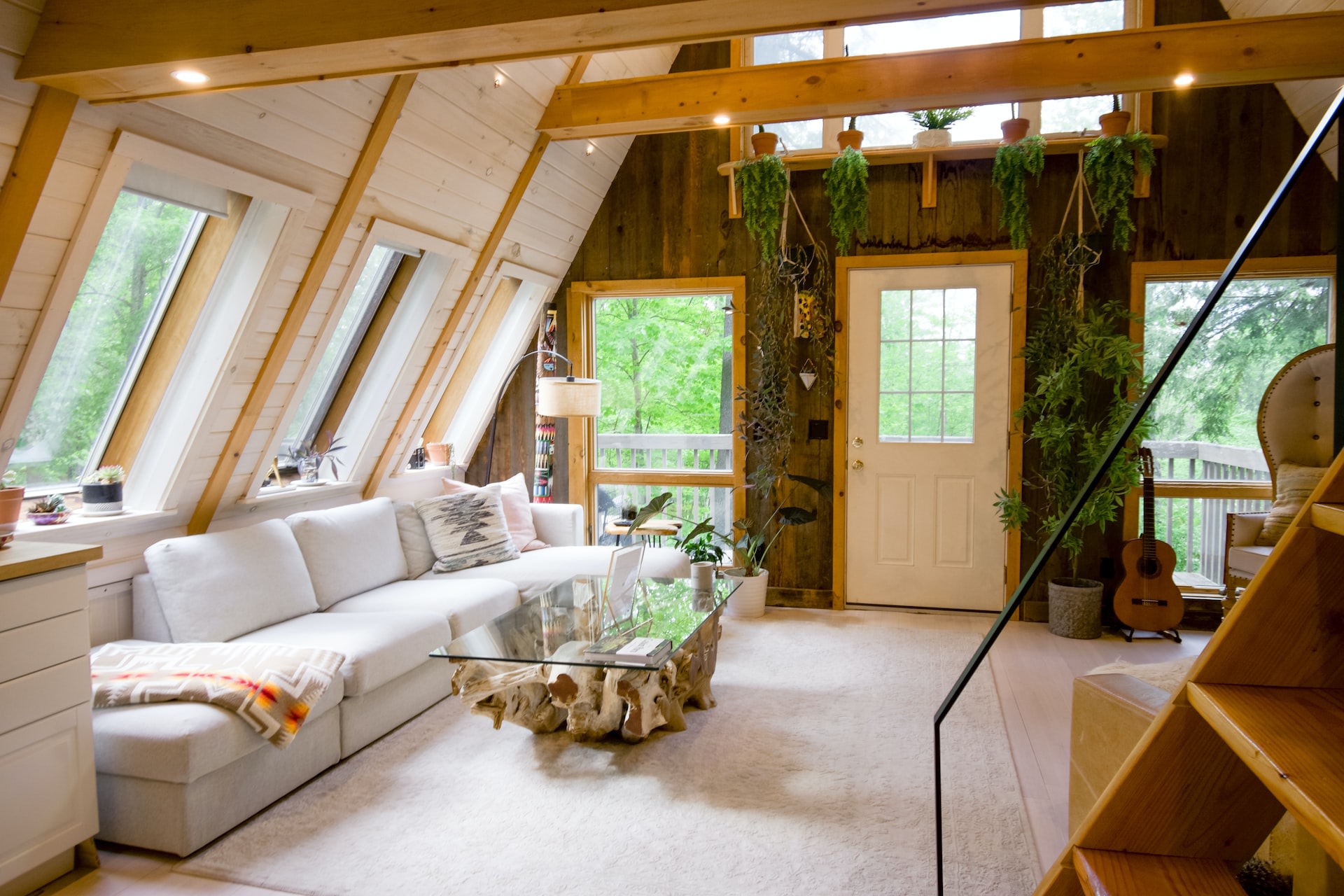
How to Save Money on Construction Costs with These 5 Ja-Affordable Concrete Alternatives!
After water, concrete is the most used construction material. However, concrete has a huge ecological footprint in the form of green house emissions and natural resource exploitations. Therefore, the construction industry is in search of concrete alternatives, which are cheap, viable and environmentally friendly. In this blog post, I will discuss five cheap concrete alternatives.
Fly ash/ Ash crete
Fly ash is a green alternative to the use of cement in concrete. It is fire powder obtained as a by product of burning pulverized coal in thermal power plants. Fly ash is a pozzolan containing aluminuos and siliceous material. It has many similar properties to cement both physically and chemically. To improve the strength, fly ash is mixed with lime and water. It can also be used in concrete to reduce the energy demand of cement plants. Fly ash offers good performance in terms of the strength and workability of concrete.
Ferrock
Ferrock being carbon negative is one of the most attractive concrete alternatives. The material is compound of waste steel dust and ground silica glass, which can be sourced from ferrous rock. In addition to being environmentally friendly, the construction material is around five times stronger than regular Portland cement. Moreover, the material sets faster than regular concrete, making it ideal for jobs where speed is necessary. There is however one downside of using ferrock which is low accessibility.
Wood
Proposing wood as a concrete alternative doesn’t mean promoting deforestation. The source of wood should be properly accessed. Additionally, wood is affordable and easy to transport. Wood offers pleasing aesthetics. The wood used in the construction should be obtained from managed forests that are renewable.
Bamboo
Bamboo has long been used as an excellent construction material due to it’s high tensile strength, renewable nature, light weight and easy availability. It can be used as an alternative to concrete and rebar. Moreover, bamboo is an ideal choice for remote areas with low accessibility, post disaster reconstruction and under developed areas. For small buildings and shelters, bamboo completely eliminates the use of concrete. The best thing about bamboo is that it is a locally sourced material that reduces the need of importing expensive materials.
Gravel
Proposing a component of concrete as an alternative to the concrete itself can be confusing. Gravel however, can be used as an alternative to concrete for several applications, mostly for driveways, walkways and other outdoor settings. Gravel is a cost effective, durable and versatile construction material. It is a great option if you are looking for a concrete alternative for your outdoor setting.
In conclusion, the search for concrete alternatives has become a necessity in the construction industry due to the ecological footprint of concrete. This article has discussed five cost-effective and environmentally friendly alternatives to concrete, including fly ash, ferrock, wood, bamboo, and gravel. Each alternative has its unique advantages and can be used for different construction applications. By exploring these alternatives, we can minimize the negative impact of construction on the environment.







Comments - 1
Boys Quarters - A Multi-Purpose Space in African Homes" - Blavior
[…] main house. It is, therefore, easier and quicker to build for the owners to occupy as they plan to build the main house. The boys’ quarters may serve different purposes, but a few will be outlined […]